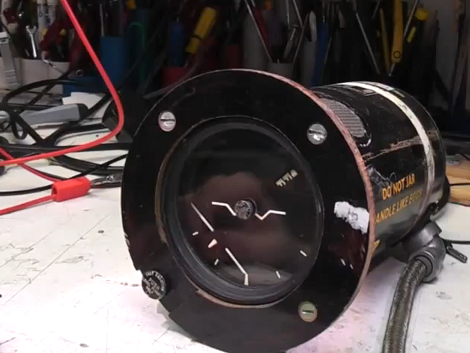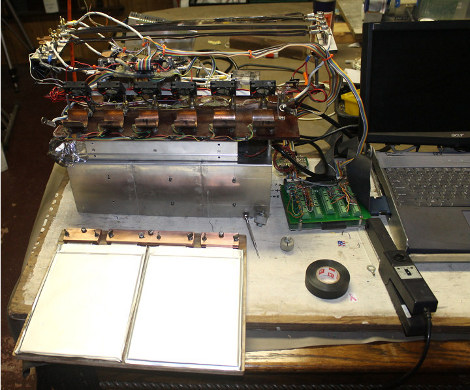It’s been a little while since we’ve heard about modular smartphones, but Google has just released the Module Developers Kit (MDK) for Project Ara. The development kit gives an overview of the inner workings of the project, and provides templates for building your own modules.
Once you’ve agreed to the license agreement and downloaded the MDK, you’ll find a large specification document. It explains how a phone will comprise of many modules loaded into an endoskeleton, giving mechanical support and electrical connections. An interface block provides each module with power and data over LVDS. Modules are held in place by an electro-permanent magnet which can be toggled by software.
When you’re finished with the specification document, you can dive into the reference designs. These include templates and actual modules for WiFi, thermal imaging, a battery pack, and more. Mechanical CAD is provided as STEP files and drawings, and electrical design files are provided as Altium projects and PDF schematics.
We discussed both Project Ara and Phonebloks on Hackaday in the past, but now we’re starting to see real details. Google’s Project Ara Developer Conference takes place on April 15th and 16th, and you can register to take part remotely for free. Is this the start of an open, modular phone? Let us know what you think.
[Thanks to Adam for the tip]

















